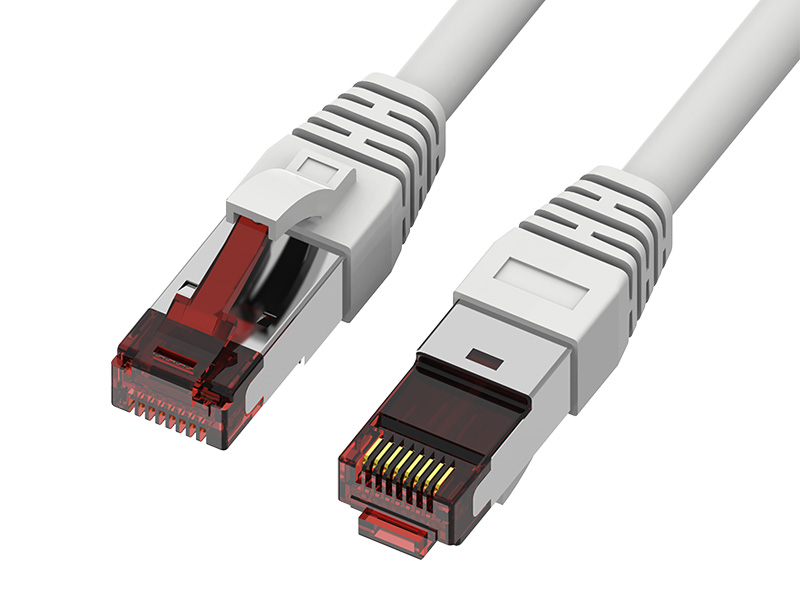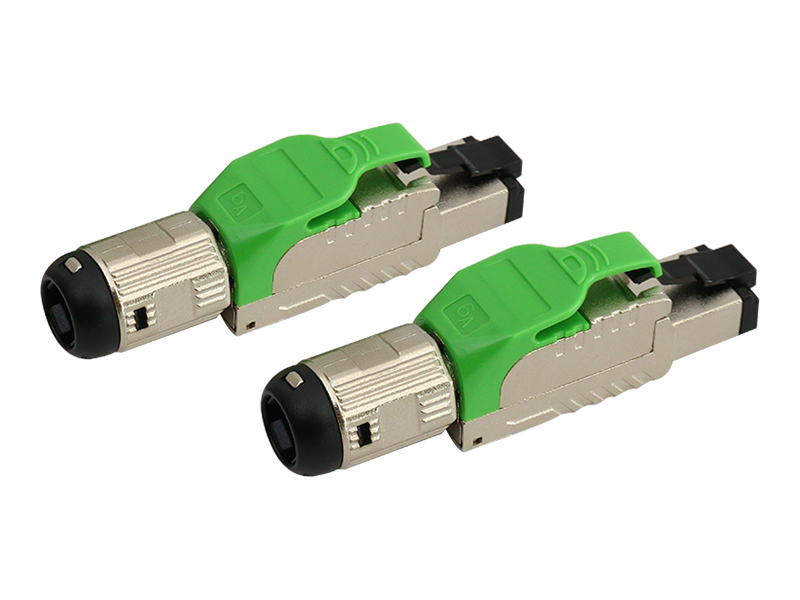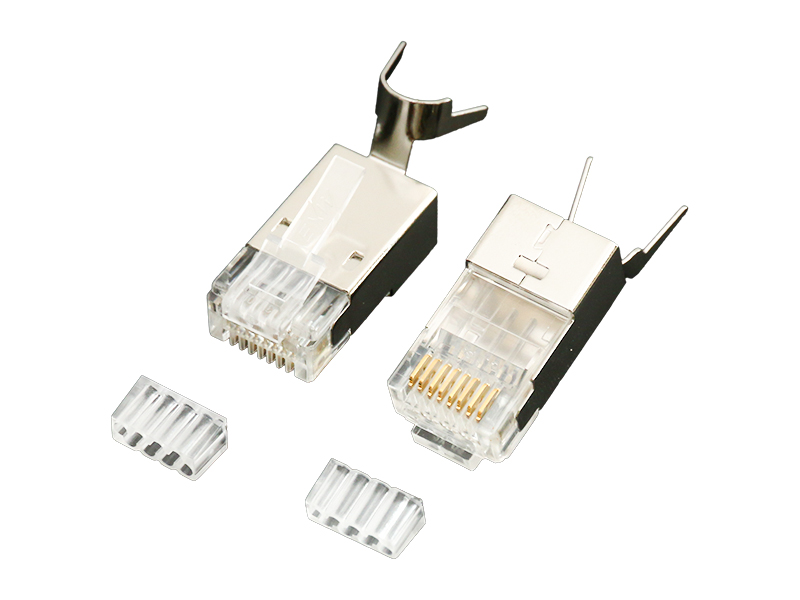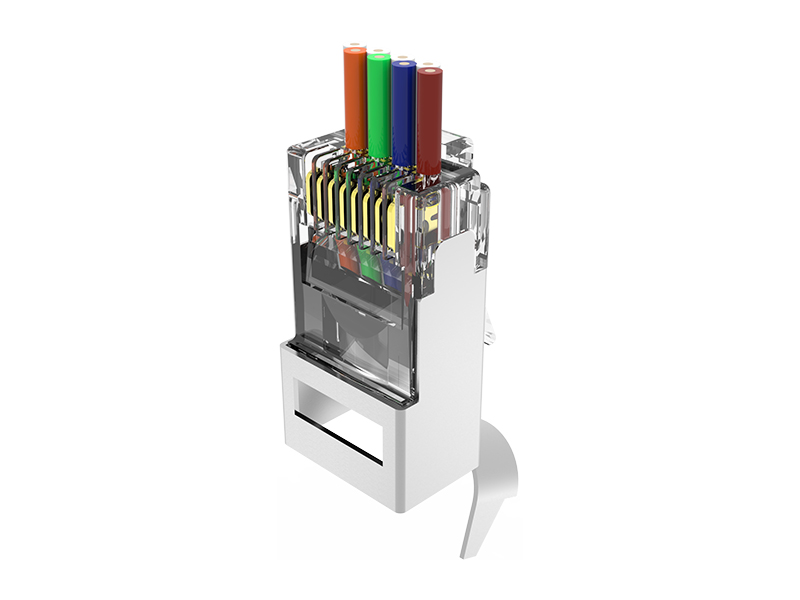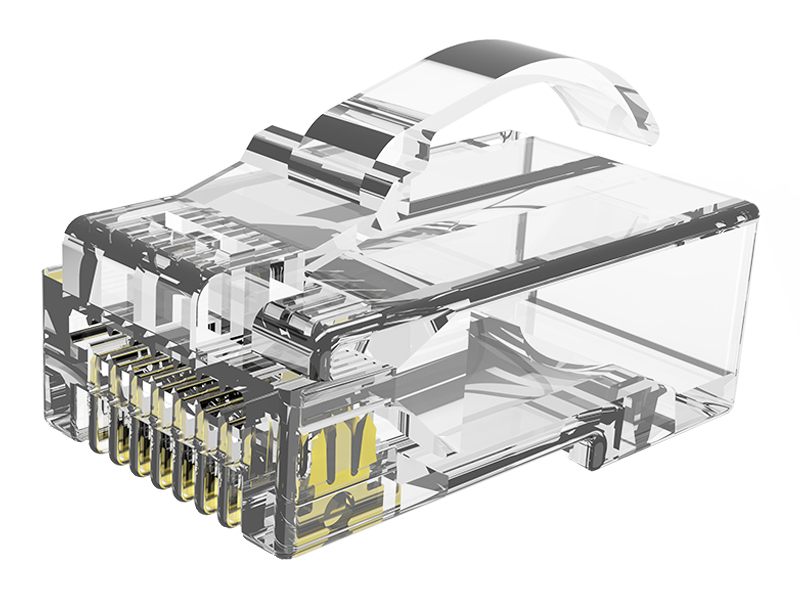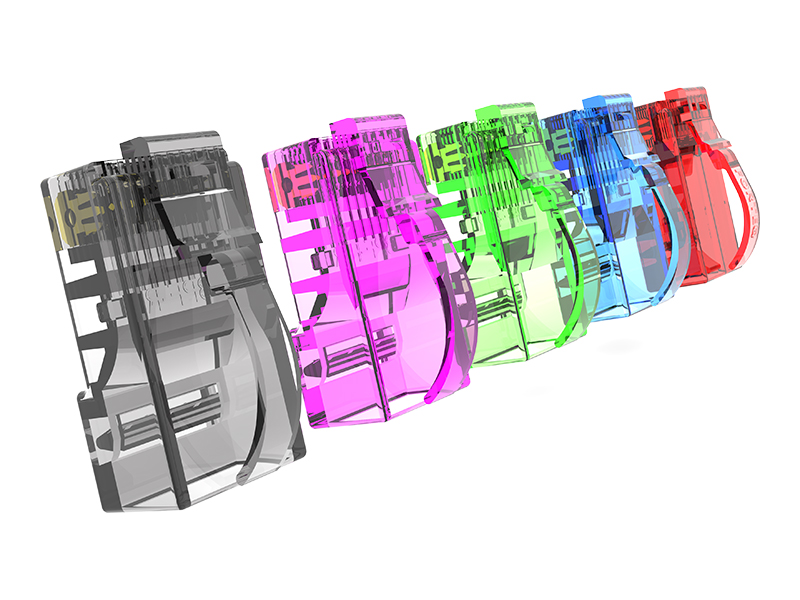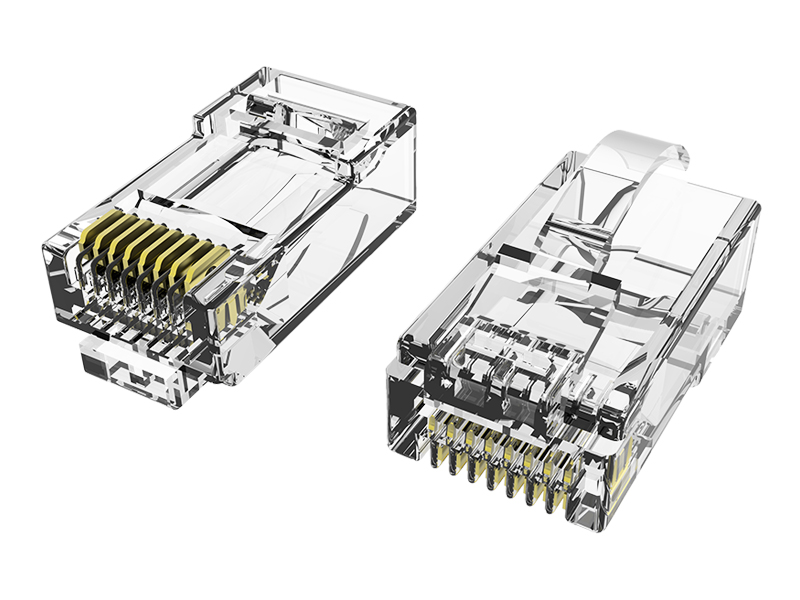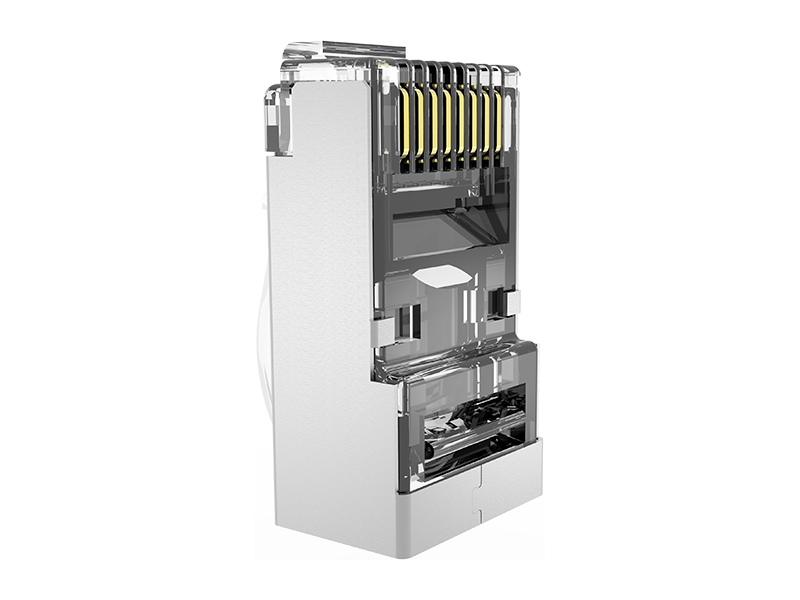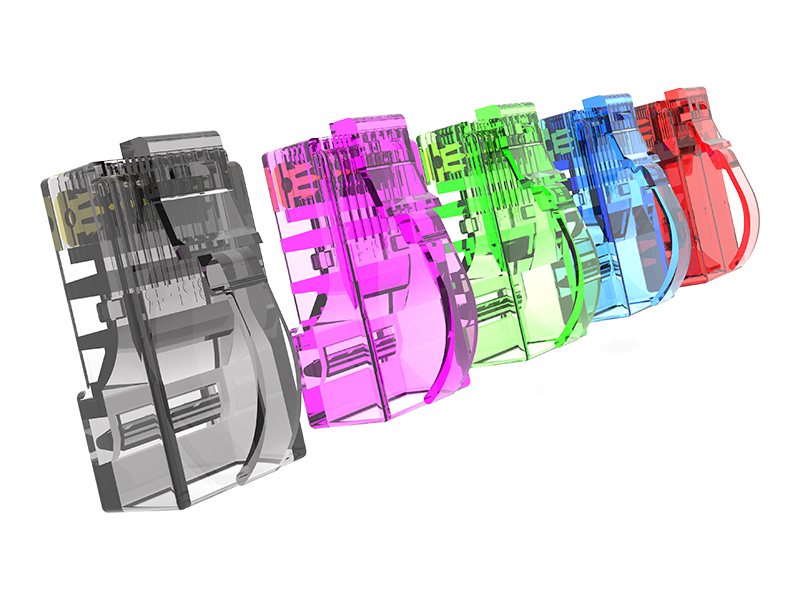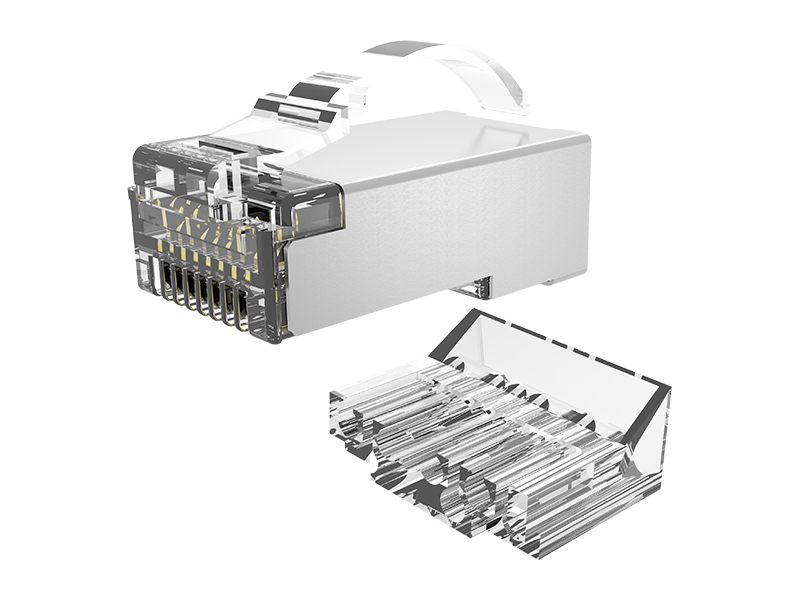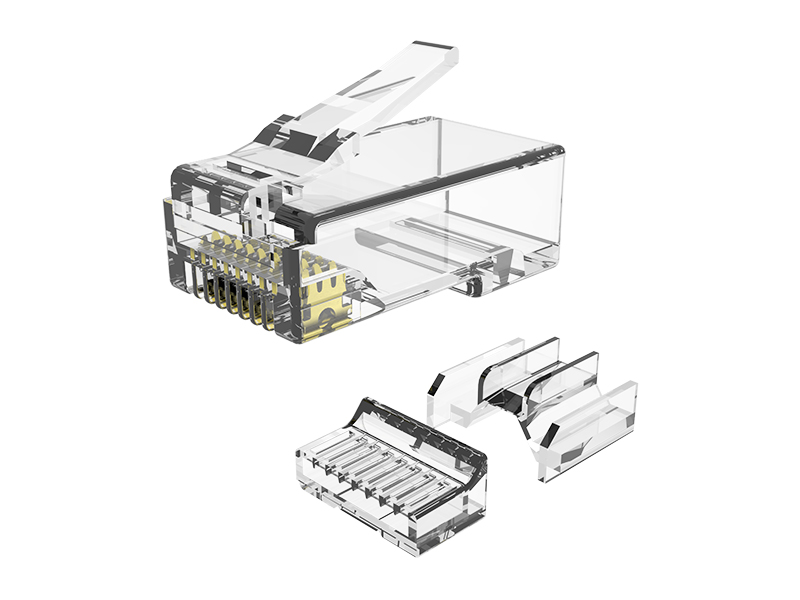A patch cord is a line that connects two devices, usually a straight line. It is more common to have patch cords and direct network cables. For patch cords, an important performance is the performance problem when bending. Since UTP twisted-pair cables are generally solid cores, they are poor in manageability. One is that the cable is relatively hard, which is not conducive to bending. The other is that the solid-core cable will have obvious return loss when it is bent, resulting in a decrease in the performance of the cable. Therefore, the cable with a solid core generally has a bending radius above clear requirements. However, there are no such problems for flexible cables with multi-strand cores specially used to manage jumpers.
There are five kinds of patch cords, category 6 patch cords, category 7 patch cords and category 8 patch cords. What is the difference between category 7 patch cords and category 6 patch cords?
1. There are differences in the use of broadband: the six types of channels provide a comprehensive attenuation-to-crosstalk ratio of at least 200MHZ and an overall bandwidth of 250MHZ. The seven-category system can provide at least 500MHZ comprehensive attenuation to crosstalk ratio and 600MHZ overall bandwidth. The performance improvement of the seven types of cabling is very obvious, making the transmission capacity and attenuation level of the copper cable medium close to that of the optical fiber.
2. There are differences in the structure: the six-category wiring system can use both UTP and STP, while the seven-category system is only based on shielded cables. In the seven types of network cables, each pair of wires has a shielding layer, and the four pairs of wires together have a common large shielding layer. The non-RJ-type seven-category wiring system uses double-shielded cables, which can meet those areas where shielded twisted-pair systems are dominant.
3. The ability to connect hardware is different: the parameters of the seven-category patch cords require that when the connector is at 600MHZ, all pairs provide at least 60DB of comprehensive near-end string winding. And the super-category 5 system only requires 43DB at 100MHZ; the value of category 6 at 250MHZ is 46DB. Usually use the Internet, the Internet speed is not higher than 100 megabytes. Ordinary category 5 lines and super category 5 lines can fully meet the needs.



 中文简体
中文简体 English
English Français
Français Deutsch
Deutsch عربى
عربى

